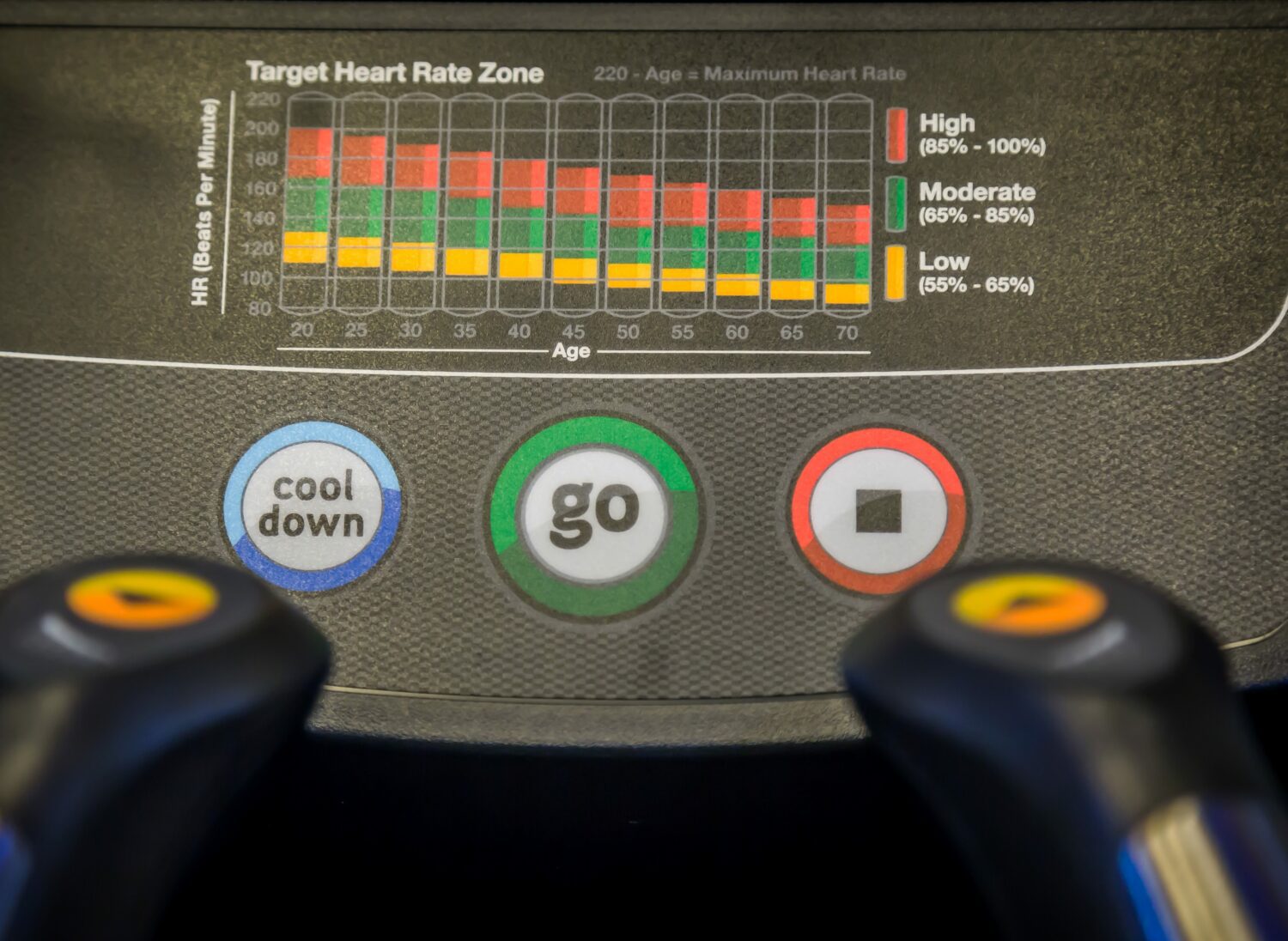HIIT for Beginners: Get Fit Fast & Safe
High Intensity Interval Training (HIIT) has become a popular way to raise your heart rate and boost calorie burn. The idea behind HIIT is to alternate short bursts of high intensity exercise with periods of lower intensity active recovery. This type of workout not only provides cardiovascular benefits but also helps build muscle.
It is important to communicate with your healthcare provider before you begin any new form of exercise, especially if you have health concerns that affect how you exercise. Your healthcare provider will be able to guide you in the right direction so you can safely reach your fitness goals.
HIIT for Beginners: What is HIIT?
HIIT involves varying the intensity of your workout, going from high to low to high again. The “high” intensity intervals don’t have to be an all-out effort. It can simply be higher than moderate intensity. The goal is to push yourself hard enough to significantly raise your heart rate for short periods of time.
A good way to check that you’re upping the intensity is by using a “Talk Test”. During your quick, higher-intensity pushes try to have a conversation out loud. If you’re able to speak normally without pausing for air, you may try increasing your intensity more. The pushes should make it difficult to speak normally and leave you breathing a bit heavier. The work in between the intervals should be moderate enough for you to have a conversation without feeling super winded.
If you have a method to track your heart rate, that is a great way to gauge the intensity of your workout. You’ll first need to determine your maximum heart rate; you can do so here. According to the American Heart Association, moderate intensity work should be between 50-70% of your maximum heart rate, and vigorous intensity work should be between 70 to 85%.
A common HIIT format is 20 seconds of intense work followed by 10 seconds of low to moderate intensity work, repeated for a set number of intervals. In numerical terms, the goal is to move. The bursts can last up to a few minutes, with longer intervals of active recovery (or moderate intensity work) in between. The high intensity exercise can be something like sprints, jumping jacks, burpees, or using a cardio machine at increased speed or resistance. The low-intensity work can be walking, slow weighted movements (bicep curls, lunges, deadlifts), core exercises on the mat – anything that allows your heart rate to come down.

The Long-Term Benefits of HIIT:
Adding high intensity intervals to your workout provides several health benefits:
- Improves cardiovascular fitness
- Burns more calories in a shorter time frame
- Builds muscle strength
- Helps lower blood pressure
- Contributes to weight loss
How to Add HIIT to Your Current Workout Routine:
Here are some beginner HIIT workouts you can easily incorporate into the workouts you already do:
Walking: Increase your treadmill speed or incline for 20-60 seconds, then return to a moderate pace. Repeat intervals 5-10 times. The same thing can be done outside. If you’re looking for an incline, find a hill or a set of stairs.
Cardio machines: Up the intensity on a bike, elliptical, rower, or stair climber for short bursts. After the bursts, resume your usual speed and allow your heart rate to lower before spiking it again.
Strength training: Perform strength moves (squats, lunges) at a faster pace for 30-60 seconds between sets. Alternatively, instead of adding speed you can add weight to these movements. Be careful not to sacrifice form. Always maintain proper form to ensure that you don’t hurt yourself or stress tendons.
Start slow with HIIT if you are new to high intensity exercise. Listen to your body and don’t overdo it. Allow time for active recovery and be sure to cool down after your workout. If you are worried about spiking your heart rate due to medical concerns, consult your doctor before trying it out.
Adding in short explosions of high intensity cardio could be just what you need to HIIT that next level of your fitness routine! Give HIIT a try to burn more calories, boost cardiovascular health, and build muscle.




